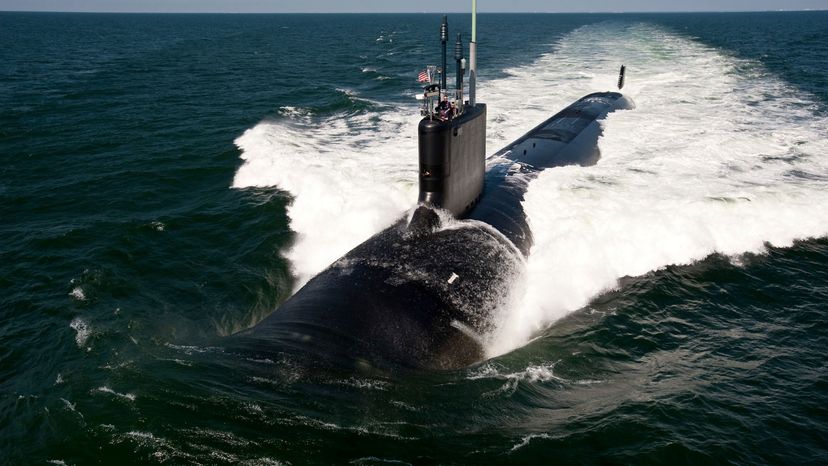
Key Takeaways
- Diesel submarines must surface or use a snorkel to run their diesel engines, which either propel the sub directly or recharge large battery banks for underwater propulsion.
- Once submerged, the sub relies entirely on battery-powered electric motors for movement, limiting its underwater endurance.
- Nuclear-powered submarines, which do not require atmospheric oxygen for power generation, can remain submerged for weeks, offering a significant advantage over diesel-electric subs.
A diesel submarine is a very good example of a hybrid vehicle. Most diesel subs have two or more diesel engines. The diesels can run propellers or they can run generators that recharge a very large battery bank. They can also work in combination, one engine driving a propeller and the other driving a generator.
The sub must surface (or cruise just below the surface using a snorkel) to run the diesel engines. Once the batteries are fully charged, the sub can head underwater. The batteries power electric motors that drive the propellers. Battery operation is the only way a diesel sub can actually submerge.
Advertisement
The limits of battery technology severely constrain the amount of time a diesel sub can stay underwater. This is the huge benefit of using nuclear power in a sub. Nuclear generators need no oxygen, so a nuclear sub can stay underwater for weeks at a time. See How Nuclear Power Works for a description.
These links will help you learn more:
- How Submarines Work
- How Batteries Work
- How Hybrid Cars Work
- Carnegie Science Center: USS Requin SS-481
- Museum of Science and Industry: The U-505 Tour
- Luxury Submarines: The Nomad 1000
- About.com: The Evolution of Submarine Design
Advertisement